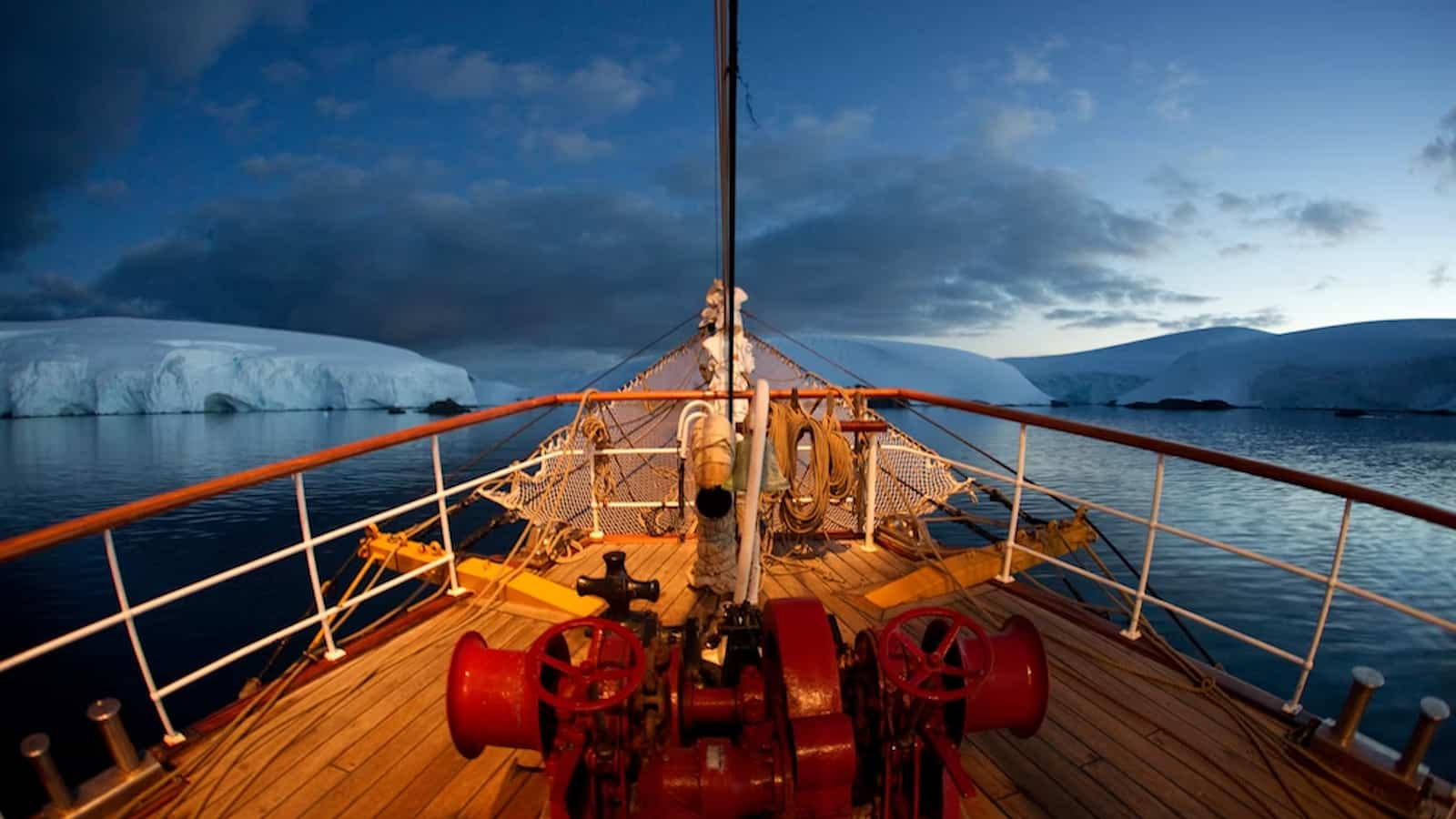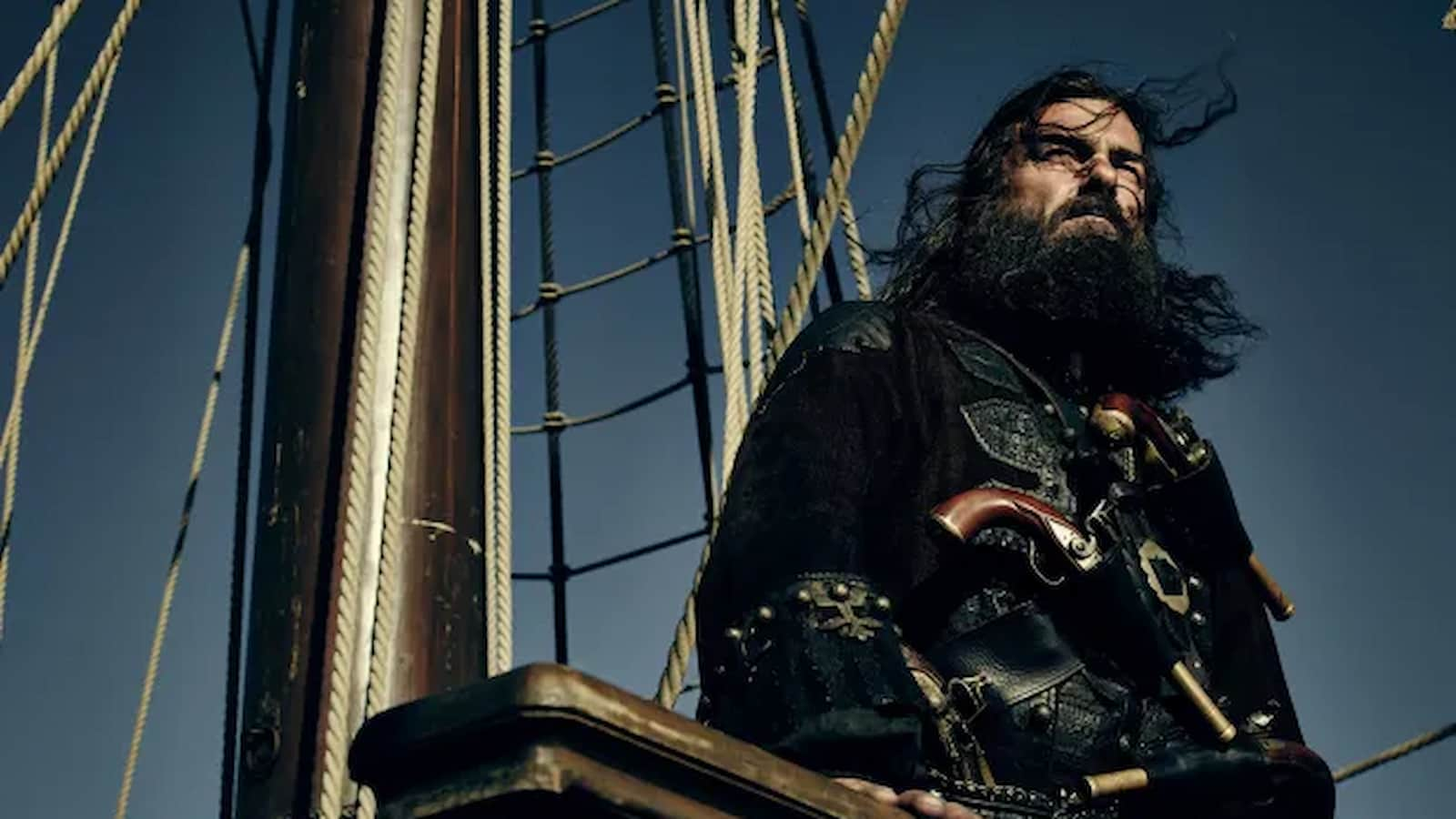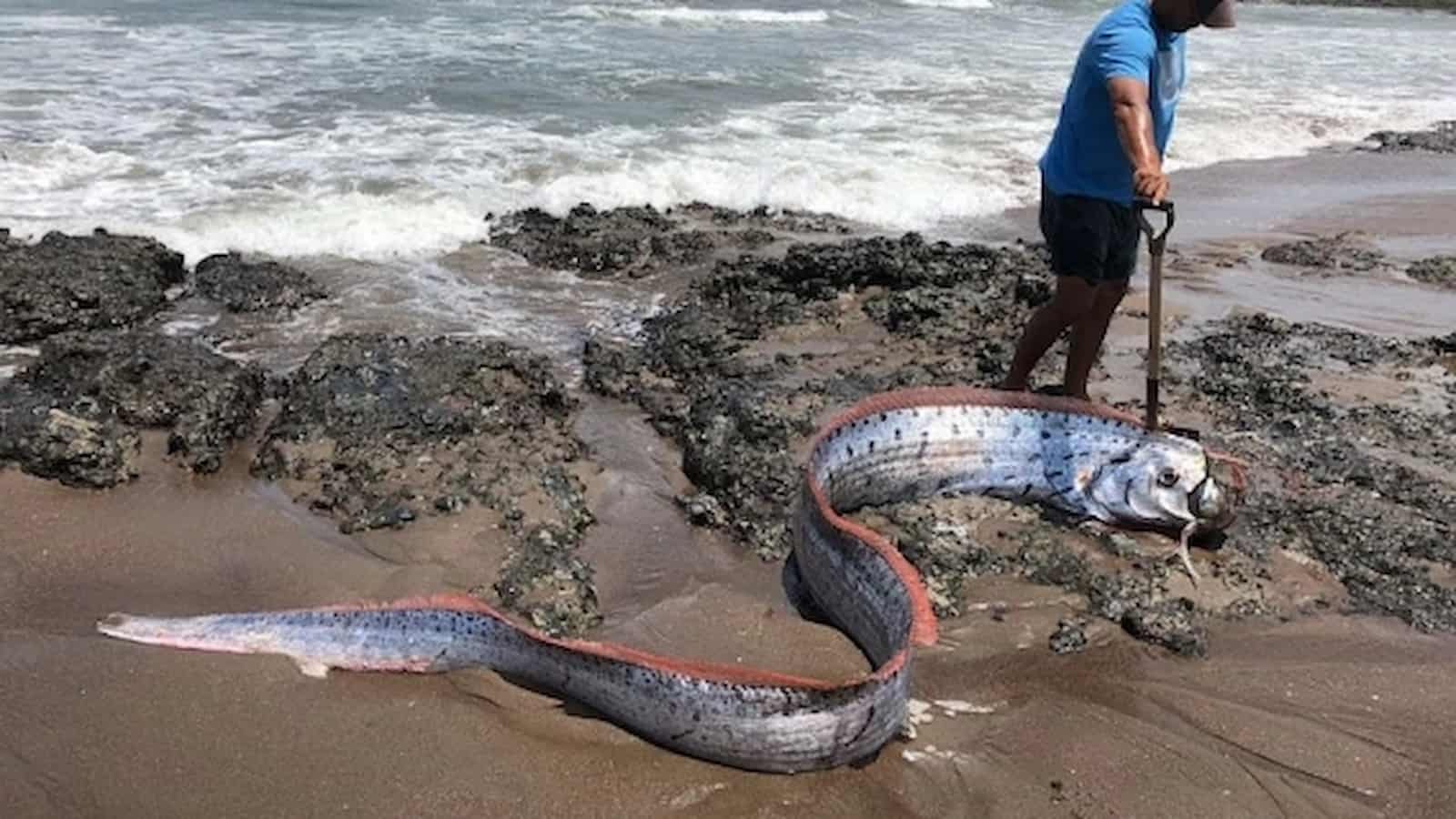Common Accidents on Ships: The working conditions on ships are not considered safe. Every crew member and company need to be aware of this. Despite taking precautions, accidents still happen due to human error.
Different conventions have implemented codes and regulations to ensure the safety of seafarers on ships. However, life-threatening incidents still occur worldwide. Therefore, every seafarer must be aware of these risks and know how to prevent them.
The most common life-threatening situations include but are not limited to:
- Mooring Operation Accidents.
- Man Overboard Accidents.
- Enclosed Space Entry Accidents.
- Machinery Explosions Accidents.
- Lifeboat Accidents.
- Working Aloft Accidents.
- Hot Work Accidents.
11 Most Common Accidents on Ships

1. Man overboard
One of the most frequent and deadly scenarios is the “man overboard” scenario, in which an individual falls into the ocean while performing their job or as a result of an accident.
Even while seamen are prepared to handle such circumstances, inclement weather and high waves can make rescue efforts difficult. Extremely cold water can potentially result in hypothermia and other serious health problems, including death. These kinds of incidents have claimed the lives of several people in the past.
2. Enclosed Space Entry
The majority of onboard casualties and mishaps occur during enclosed space entry, despite seafarers receiving various aboard and ashore training. These mishaps happen when someone enters an unsafe area that contains gases and vapours that are not conducive to human existence. Every ship has an enclosed space entry process that outlines the steps that must be followed step-by-step. Many lives are still lost today as a result of the frequent execution of such operations, which gives seafarers a false sense of security that blinds them to possible danger.
11 Points For Ensuring Safe Helicopter Operations On Ships
3. Accidents involving electrical shock
Electrical shocks have claimed countless lives on board ships, just like they did on land. Numerous regrettable occurrences can result from careless electrical connections and exposed wires
4. Explosion of machinery: boiler blast, compressor, generator, etc

Major blasts or explosions caused by badly maintained machinery and systems can occasionally destroy ship property and kill those who are working on or near them. Compressor blasts, crankcase explosions, boiler blasts, and other incidents have historically resulted in significant injuries and occasionally even fatalities.
5. Mooring Operations
Depending on the kind of ship, mooring is one of the most frequent tasks performed on board. That being said, it is still regarded as one of the riskiest procedures, with the potential for a wide range of casualties, from minor cuts to fatalities. Many ship leaders and crew members are killed every year in accidents involving similar activities, so it’s important to fully understand the risks involved with mooring.
6. Lifeboat Accidents
The International Convention for the Safety of Life at Sea (SOLAS) mandates that lifeboats be tested during drills. However, there have been other instances where these lifeboat experiments have resulted in fatalities. Although new rules have been implemented to guarantee the highest level of safety when managing lifeboats, human error continues to contribute to incidents ranging from injuries to fatalities.
7. Hot Work Accidents
Hot work is another thing that is often done on board. A crew member could have an accident if they do this kind of work near tanks with flammable cargo or places with flammable glassware. Because of these things, there is a method for assessing risks and a work permit that make sure risks are known about before work starts and steps are taken to lower them.
While there are many potential causes of mishaps on board, it’s crucial to remember that human error is the primary cause of incidents, accidents, and near misses.
Role of Gas Tankers in Transporting Liquified Gases: How They Differ from Oil Tankers
8. Working Aloft
Another technique that is typically needed to be completed on board ships for a variety of reasons, like maintenance, is working aloft, or working at heights. The crew onboard is given safety harnesses and additional tools to guarantee that the work is done safely. Regretfully, accidents still occur as a result of carelessness or safety equipment malfunctioning.
9. Falling from height

Seafarers frequently have to operate at heights while wearing safety harnesses and other crucial safety equipment on board ships. But despite completing all the required safety measures, several crew members have perished or sustained lifelong disabilities as a result of falling or slipping from heights, safety device malfunctions, falling within the cargo hold during the inspection, and also just plain carelessness.
10. Attacks by Piraters
The circumstances are quite hazardous even though this is not a real shipboard catastrophe. Guns and RPGs are among the lethal weapons pirates use to try and seize control of the ship. In earlier episodes, the ship has been looted and crew members have been killed by pirates. Being the world’s least anxious people, they can fire without second thought.
11. Fall from the Gangway
Numerous ships have experienced accidents when the gangway malfunctioned while being used by passengers or crew. The most common causes of gangway failure are wire rope breakdown and poor maintenance.
Numerous factors might lead to accidents on board ships. The aforementioned are a few of the most frequent life-threatening incidents or circumstances that occur on board ships, and seafarers need to be cautious and aware of them.


